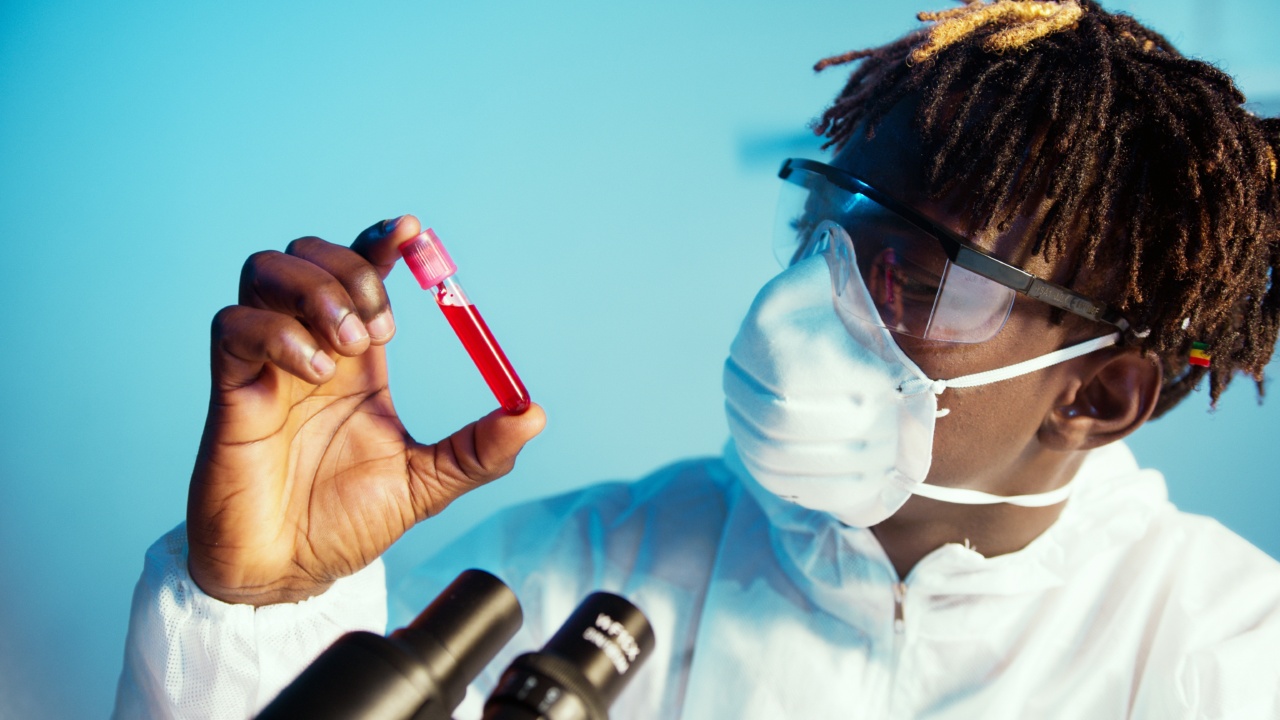The human circulatory system is a complex network of arteries, veins and capillaries that transport blood and nutrients to all parts of the body.
The growth and development of the blood vessels in this network are crucial for maintaining good health and preventing disease, making it an area of ongoing scientific research.
Gender Differences in Blood Vessel Growth
A study published in the Journal of Applied Physiology reported on gender differences in blood vessel growth in response to resistance training.
The study found that women had a significantly greater increase in capillary density, the number of small blood vessels that supply oxygen and nutrients to muscle tissue, compared to men.
Capillary density is important for athletic performance, particularly in endurance sports such as long-distance running or cycling.
Greater capillary density allows more oxygen and nutrients to be delivered to muscle tissue, improving performance and reducing fatigue.
Another study, published in the Journal of Vascular Surgery, examined gender differences in the growth of blood vessels in patients with peripheral artery disease (PAD), a condition where the blood vessels that supply blood to the legs become narrow or blocked. The study found that women had a greater increase in ankle-brachial index, a measure of blood flow to the legs, after undergoing a procedure to widen the blood vessels.
The researchers speculated that women’s blood vessels may be more responsive to certain treatments for PAD, and that further research is needed in this area.
Factors Affecting Blood Vessel Growth
Gender is just one of many factors that can affect the growth rates of blood vessels. Other factors include age, genetics, lifestyle habits, and underlying health conditions.
A study published in the Journal of the American Medical Association found that individuals with a family history of cardiovascular disease had a slower growth rate of their coronary arteries, the blood vessels that supply blood to the heart.
This suggests that genetics play a role in the growth and development of blood vessels.
Lifestyle habits, such as smoking and physical activity, can also affect blood vessel growth. Smoking is known to damage blood vessels, while exercise can stimulate the growth of new blood vessels.
Health conditions such as high blood pressure, diabetes, and high cholesterol can also affect the growth and development of blood vessels.
These conditions can cause damage to the blood vessels, reducing their ability to grow and repair themselves, and contribute to the development of cardiovascular disease.
Measuring Blood Vessel Growth
Measuring the growth of blood vessels typically involves non-invasive imaging techniques such as ultrasound, magnetic resonance imaging (MRI), or computed tomography (CT) scans.
Ultrasound is often used to measure blood flow and identify areas of blockage or narrowing in the blood vessels.
Magnetic resonance angiography (MRA) can provide high-resolution images of blood vessels without exposing the patient to ionizing radiation, making it a safer alternative to CT scans.
CT angiography (CTA) is a type of CT scan that uses a contrast dye to make blood vessels more visible on the images. CTA is often used to diagnose conditions such as peripheral artery disease, pulmonary embolism, and aortic aneurysm.
Implications for Cardiovascular Disease Prevention and Treatment
Understanding the growth and development of blood vessels is important for preventing and treating cardiovascular disease, which is the leading cause of death worldwide.
Preventive measures such as a healthy diet, regular exercise, and not smoking can help protect and improve the health of blood vessels, reducing the risk of cardiovascular disease.
In some cases, medications such as statins or antihypertensives may also be prescribed to reduce the risk of developing cardiovascular disease.
For individuals already diagnosed with cardiovascular disease, procedures such as angioplasty or bypass surgery may be necessary to widen or bypass narrowed or blocked blood vessels and restore blood flow to affected areas.
Conclusion
The growth and development of blood vessels is a complex process that can be influenced by a variety of factors, including gender, age, genetics, lifestyle habits, and underlying health conditions.
Understanding the growth rates of men and women’s blood vessels is important for preventing and treating cardiovascular disease, which is the leading cause of death worldwide.
Non-invasive imaging techniques such as ultrasound, MRI, and CT scans allow researchers and clinicians to measure and monitor blood vessel growth and identify areas of blockage or narrowing.
Preventive measures such as a healthy diet and regular exercise can help protect and improve the health of blood vessels, reducing the risk of cardiovascular disease.
Further research is needed to better understand the gender differences in blood vessel growth and identify effective prevention and treatment strategies for cardiovascular disease.





























